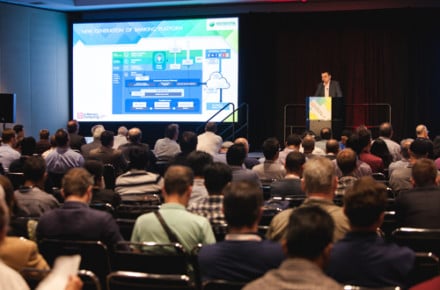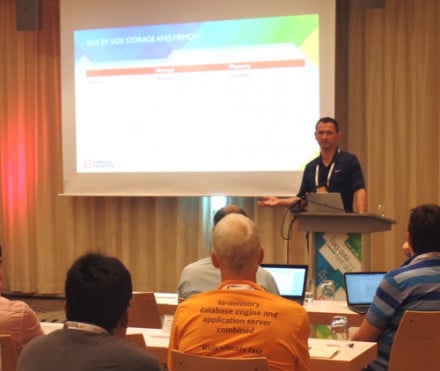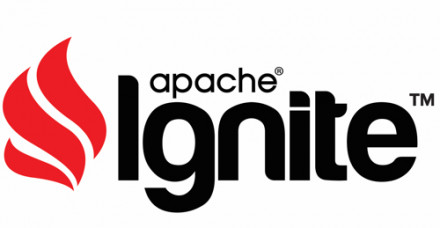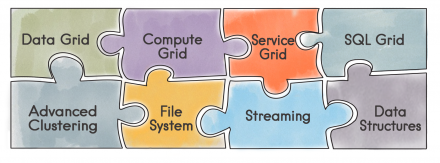GridGain Blog
With the In-Memory Computing Summit North America 2017 in the rearview mirror, let's take a look back at this two-day conference that explored the latest technology trends impacting enterprise computing and digital transformation.The 400 registrants – representing 200 organizations from 11 countries on five continents – were there to explore the future of in-memory computing (…
Recently, I've started seeing the names GridGain and Apache® Ignite™ popping up on the Internet more and more frequently. However, judging from some of the chatter I've seen in social media around these mentions, very few people understand either product -- let alone what each can be used for.
In this post, I will try to explain a little about both -- along with some examples.
Ignite vs…
Data terabytes, clusters for hundreds of machines, big data, high load, machine learning, microservices... and other scary words are all applicable to Apache® Ignite™. But this does not mean that it is not suitable for less ambitious goals.
Today, we'll look at how Ignite can easily store any of your objects, share them over the network, and provide .NET and Java interoperability.
We…
In this post I'll demonstrate how to improve a database's random write workloads by replacing regular SSDs with Intel® Optane™ SSDs powered by cutting-edge 3D XPoint™ technology.
What might be wrong with sustained random write workloads on good-old SSDs? Regular SSDs have to perform garbage collection routines endlessly by erasing blocks with stale data. Since any…
Are traditional storage's days numbered? The push is on to perfect an open-source technology that allows your applications to keep data in memory – shutdown the application and the machine – but the data will still be there when you need it.
Eric Kaczmarek will be talking about this topic in highly technical detail during his session next week at the In-Memory…
24 Hour Fitness, the world's largest privately owned and operated fitness center chain, is using distributed in-memory computing solutions to speed things up as well as decouple data from its database.
Craig Gresbrink, a solutions architect at 24 Hour Fitness, will be a featured presenter at the third-annual In-Memory Computing Summit North America -- Oct. 24-25 at the…
This article will walk through the steps required to get Kubernetes and Apache Ignite deployed on Amazon Web Services (AWS). The local computer operating system used was Ubuntu and if you follow the steps in this article, you may need to adjust the commands as appropriate for your operating system and environment.
Preliminaries
In order to use AWS, it is necessary to have an account. If you do…
The forces of big data and fast data are so overwhelming that a "data-driven" business like ours needs to react to these changes, and build capabilities that match the needs of the evolving data economy.
GridGain, as well as other in-memory data grid providers, has for many years used the argument that the price of RAM drops over time.
This has meant that entire datasets could be held…
This article will focus on how to create an Apache Ignite cluster that can support the reading and writing of user-defined objects in a common storage format. This is particularly useful in situations where applications need to work with objects but these objects will be accessed by different programming languages and frameworks. Apache Ignite supports a binary format that is particularly useful…
In this article I will focus on Zero Deployment in Apache® Ignite™.
There is a very useful feature in Apache Ignite for inter-node byte-code exchange called peer class loading, also referred to as P2P class loading. Let’s take a look at this in little more detail.
Peer Class Loading
In Apache Ignite, there is a special distributed ClassLoader which, if enabled, will automatically redeploy Java…













